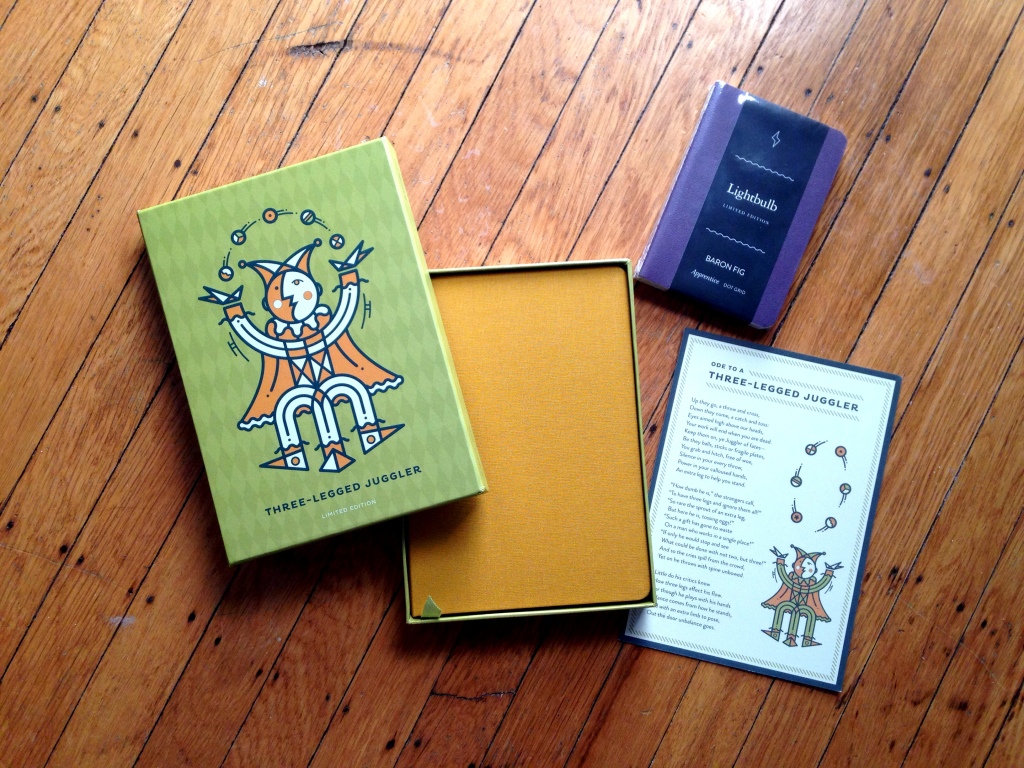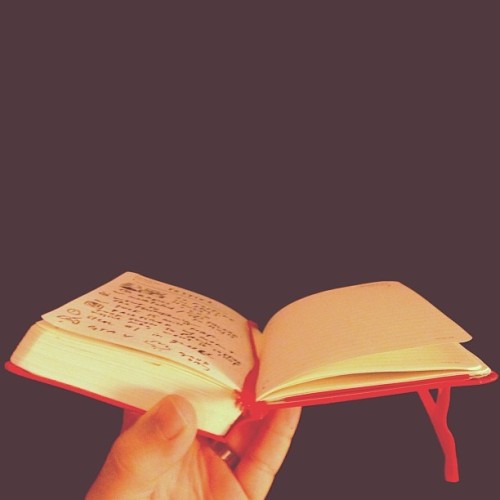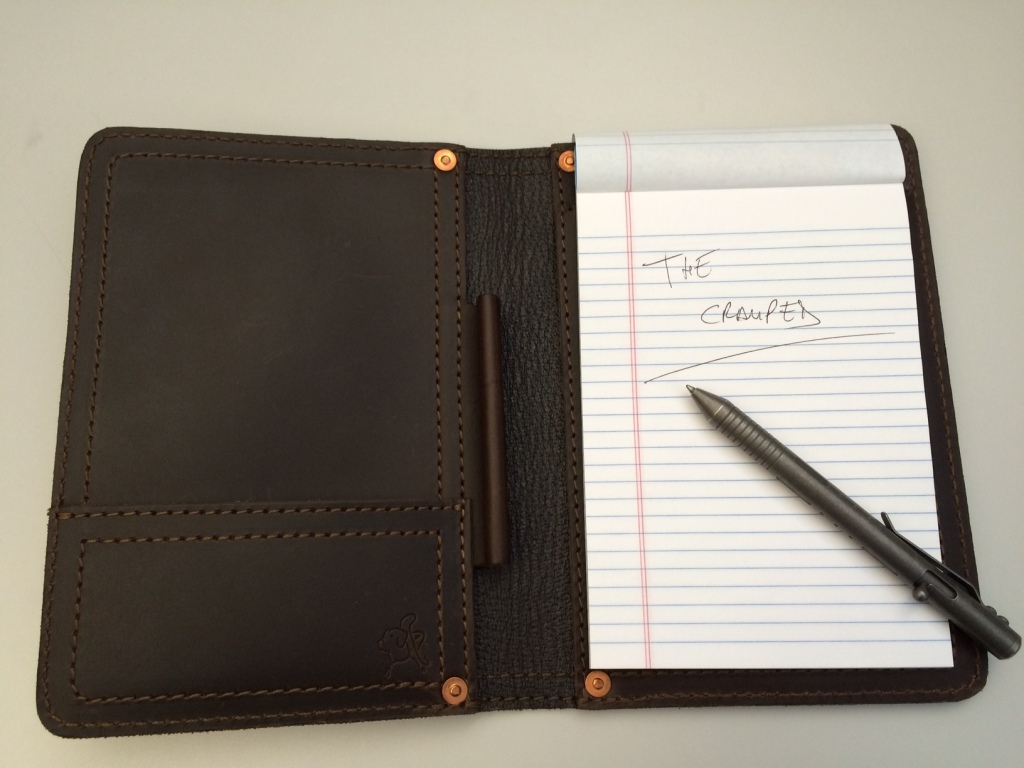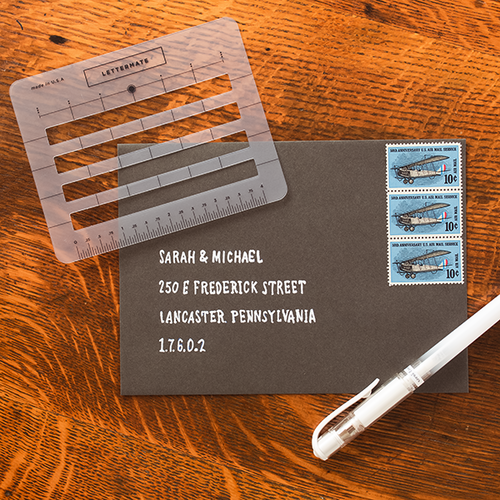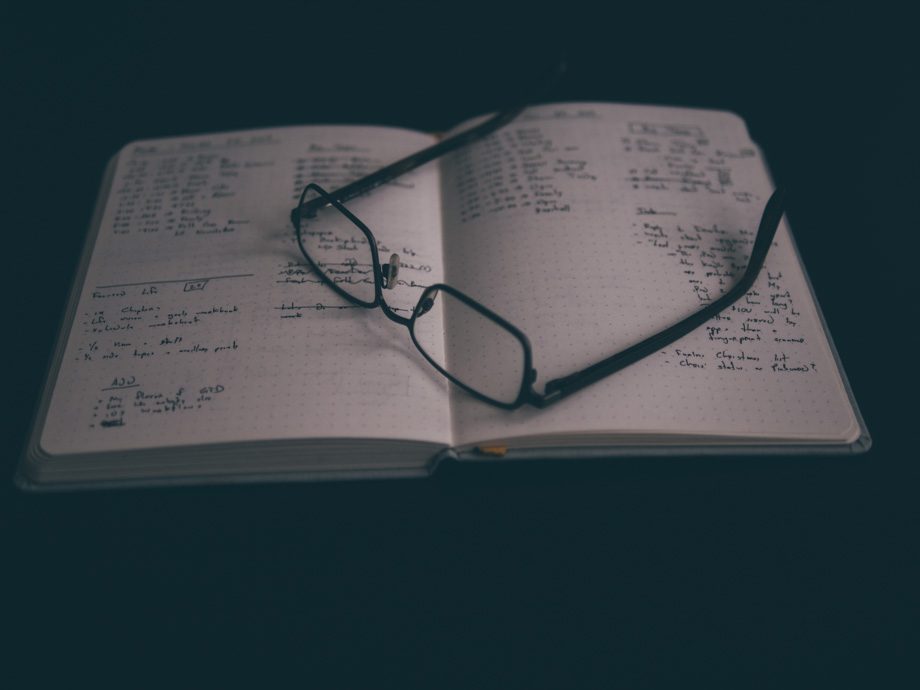
Today, December 9th, is a day I designated last year as Journal Day. There are many ways to celebrate, or traditions one could keep, to mark the day. Heres some ideas.
- This might be the day to take out previous journals and reflect on where you were then versus where you are today.
- This is a great day to open a new journal and begin to plan for the coming year — for instance, what things you’d like to accomplish or places you’d like to travel to.
- You might let someone you trust read one you have kept and get to know the “real” you.
- Perhaps gift a journal to another person in your life who practices or you feel could benefit from doing so.
- Or, maybe, be so bold as to spend a year keeping a journal for someone else in your life whom you love and spend your days with — write down their day as you saw it or the things you were thinking about them at that time. How wonderful a gift would it be to allow someone close to “see” themselves and their year through your eyes?
- Like the above, start a journal for your kids that are too young to keep their own. We forget so much of those early years. This is a way to remember those special times. This is the sort of thing that would make a meaning high-school graduation gift when they get older.
These are just a few of the ways you can celebrate. If you come up with others, I would love to hear about them.Shoot me a message on Twitter or use the hashtag #journalday and I will try to add them here. I will also be adding more later in the day celebrating all things journalling. Stay tuned!

